Not all students who graduate from the Master of Science in Medical Sciences (MSMS) programs at our partner universities decide to go on to medical school. Some of them move into other health professions that suit their interests. One pathway available to our graduates is chiropractic school. Chiropractors are healthcare professionals who specialize in diagnosing and treating musculoskeletal disorders, primarily—but not solely—focusing on the spine. This article explores chiropractic career paths.
While known mostly for treating people with back pain, chiropractors assess and treat a range of conditions. According to the American Chiropractic Association, “the chiropractic profession believes in a conservative approach to health care (using non-drug, nonsurgical methods, when appropriate, as first-line therapies).”
If you’re interested in getting hands-on with patients and in pursuing holistic practice that aims to minimize the use of pharmaceutical interventions, becoming a chiropractor could be right for you. This article looks at the role of chiropractors within the healthcare industry and the training necessary to earn a DC—Doctor of Chiropractic.
What Do Chiropractors Do?
Chiropractors primarily focus on the relationship between the spine and the nervous system and how it affects overall health. They carry out treatments by considering the interconnectedness of the body's various systems. Duties may include:
- Assessing patients’ health conditions by taking a thorough medical history and carrying out diagnostic tests and X-rays. They will also work to understand how a patient’s lifestyle may impact his or her condition or ability to follow up with treatment plans.
- Performing chiropractic adjustment (also known as “spinal manipulation”) by applying controlled, sudden force to specific joints. Chiropractic adjustment aims to improve alignment, mobility, and overall function. Other treatment modalities can include applying heat or cold to joints, electrical stimulation of muscles, acupuncture, or massage therapy.
- Developing personalized treatment plans for patients that may include regularly scheduled adjustments along with self-care therapeutic exercises, nutritional guidance, and lifestyle recommendations. They collaborate with patients to set realistic goals and track progress throughout the treatment process.
- Making referrals to MDs and other practitioners when a patient’s condition falls outside their scope of practice. Chiropractors are trained to value interprofessional collaboration, and will help patients connect with orthopedic specialists, physical therapists, or general practitioners as necessary.
Where Chiropractors Work
Chiropractors work almost exclusively in outpatient settings. According to the U.S. Bureau of Labor Statistics (BLS), the majority of chiropractors (64%) were employed by chiropractic offices in 2021. A further 31% were self-employed, while 2% worked within physicians’ practices.
Chiropractors can specialize within their profession just like MDs do. According to a 2020 U.S. News and World Report article, common specializations within the field include orthopedics, neurology, and nutrition.
Getting into a Doctor of Chiropractic (DC) Program
Like their counterparts in medicine and dentistry, aspiring DCs must complete an undergraduate degree followed by four years of graduate-level study in their field. Ideally, applicants to chiropractic school should have a degree in a science- or health-related field, such as biology, kinesiology, or exercise physiology. However, the Association of Chiropractic Colleges notes that it is possible to apply to a DC program after finishing your junior year of college.
There are currently 19 accredited DC programs in the United States. In general, DC schools require applicants to have earned a cumulative GPA of 3.0 on a 4.0 scale and have at least 90 total credits of college-level coursework completed at the time of application. However, individual programs may have different requirements, so make sure you research each one thoroughly.
When it comes to prerequisites, there is a lot of overlap between DC programs and other health professional programs. You’ll need to have taken lab science courses including anatomy, biology, chemistry, and physics.
What You Learn in a DC Program
DC programs typically take four years to complete. Similar to MD programs (or our MSMS program), DC programs cover coursework in anatomy, physiology, pathology, and microbiology. However, DC programs also focus heavily on topics such as biomechanics, nutrition, and diagnostic imaging. DC students will learn the theory and practice of chiropractic techniques for active and passive rehabilitation of injuries and explore the needs of different patient populations, including athletes, children, and older adults.
DC programs also include clinical rotations and a supervised internship during the third and fourth years.
Getting Licensed as a Chiropractor
After successfully graduating from a DC program, it’s time to pursue licensure. Every US state and territory regulates chiropractors. While regulations vary from state to state, you will have to pass the National Board of Chiropractic Examiners (NCBE) test at a minimum. The NCBE exam is a four-part test that covers:
- Health science knowledge, including anatomy and physiology
- Knowledge of chiropractic techniques, principles, and ethical standards
- Diagnostic imaging interpretation
- Chiropractic case management
Some states may also require a jurisprudence exam that demonstrates your knowledge of that state’s scope of practice and other laws.
Once you have your license, you’ll need to complete continuing education at regular intervals in order to maintain your ability to practice.
How Our MSMS Program Can Prepare You for Chiropractic School
When you earn your Master of Science in Medical Sciences with a Tiber Health university partner, you’ll complete coursework that covers many of the same topics found in the first-year DC curriculum. Plus, you’ll receive personalized advising throughout your program that can help you put your best foot forward when it comes time to apply to chiropractic programs.
Ready to learn more? Find a Tiber Health MSMS university partner near you!



